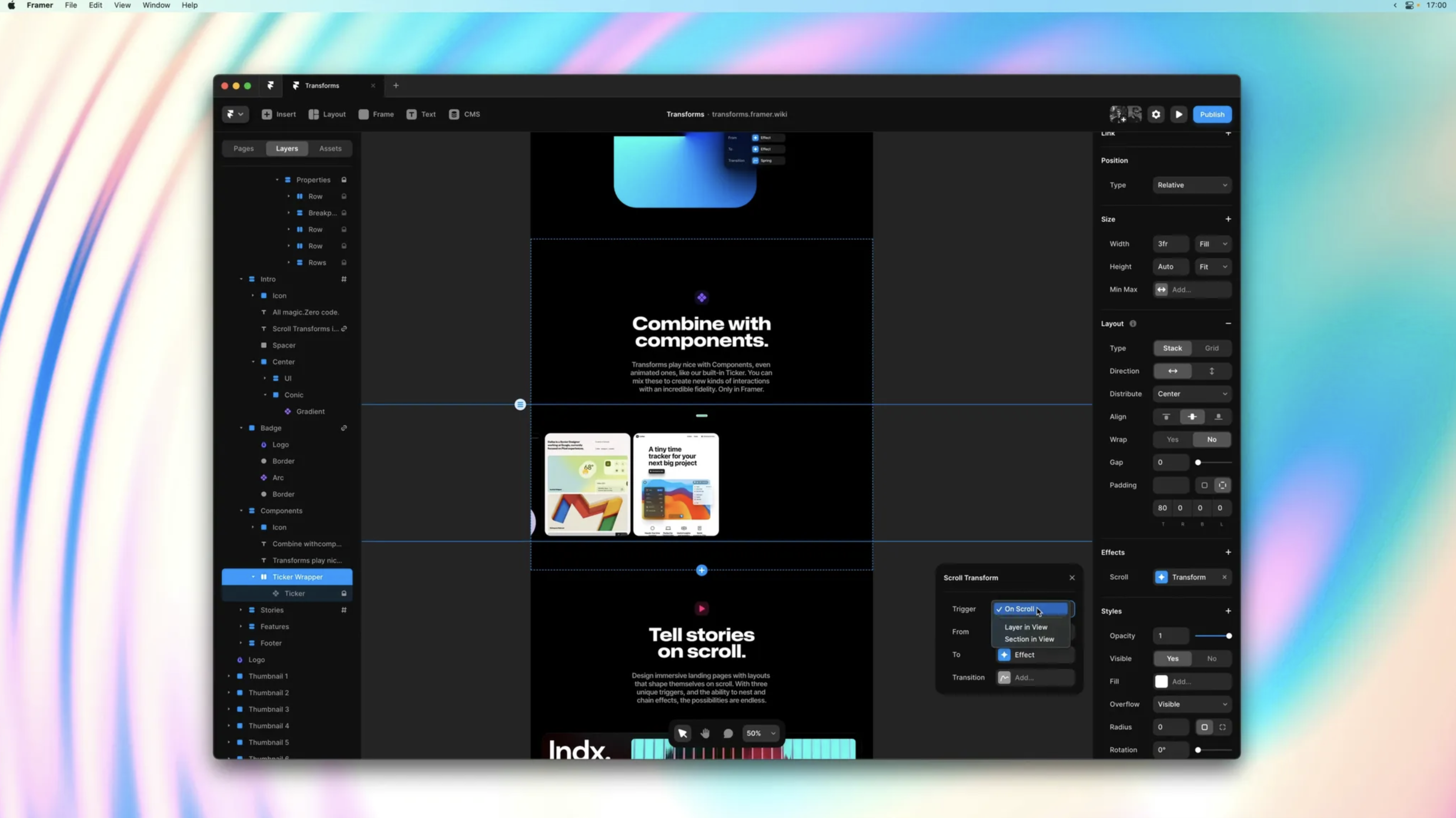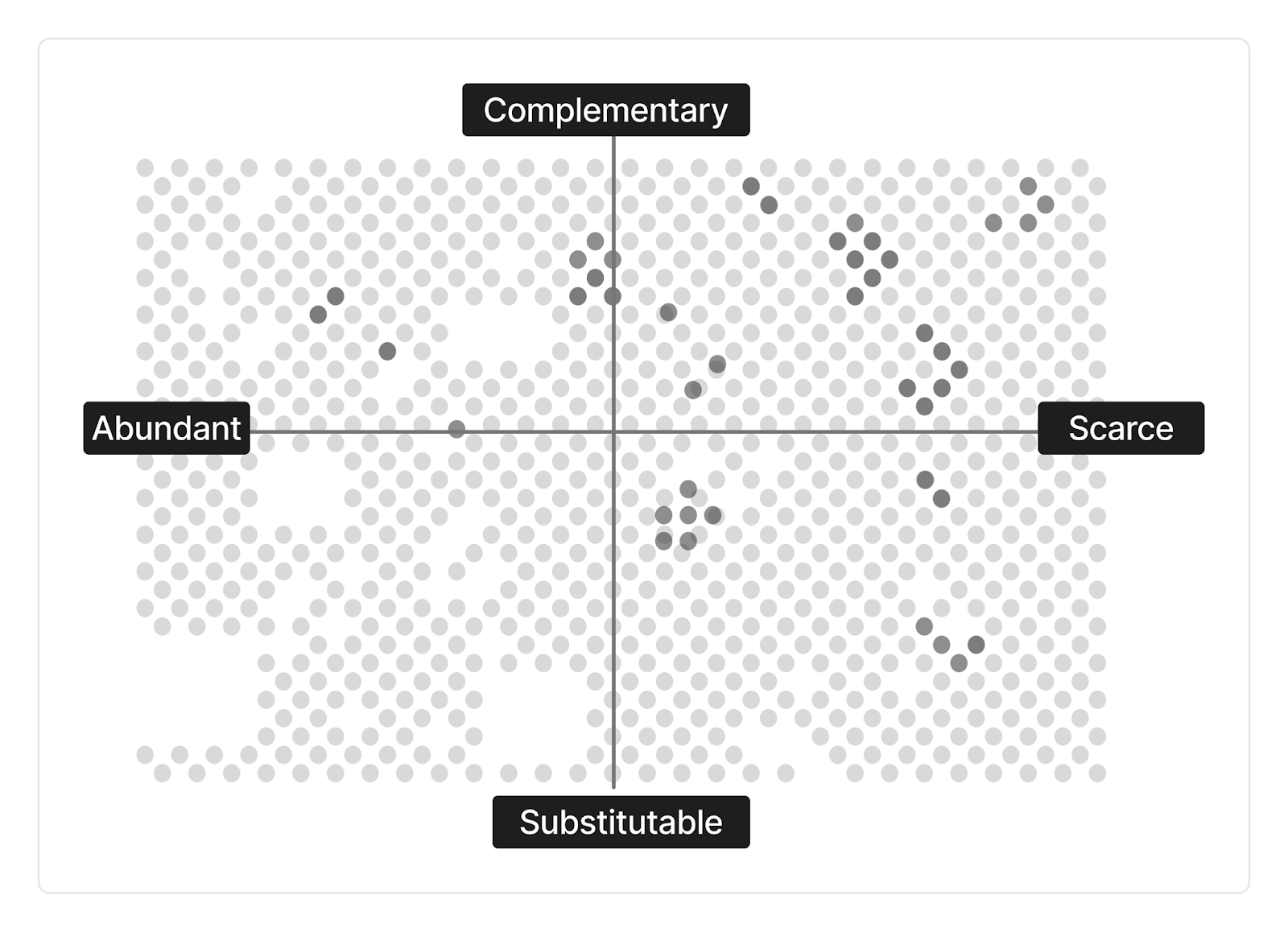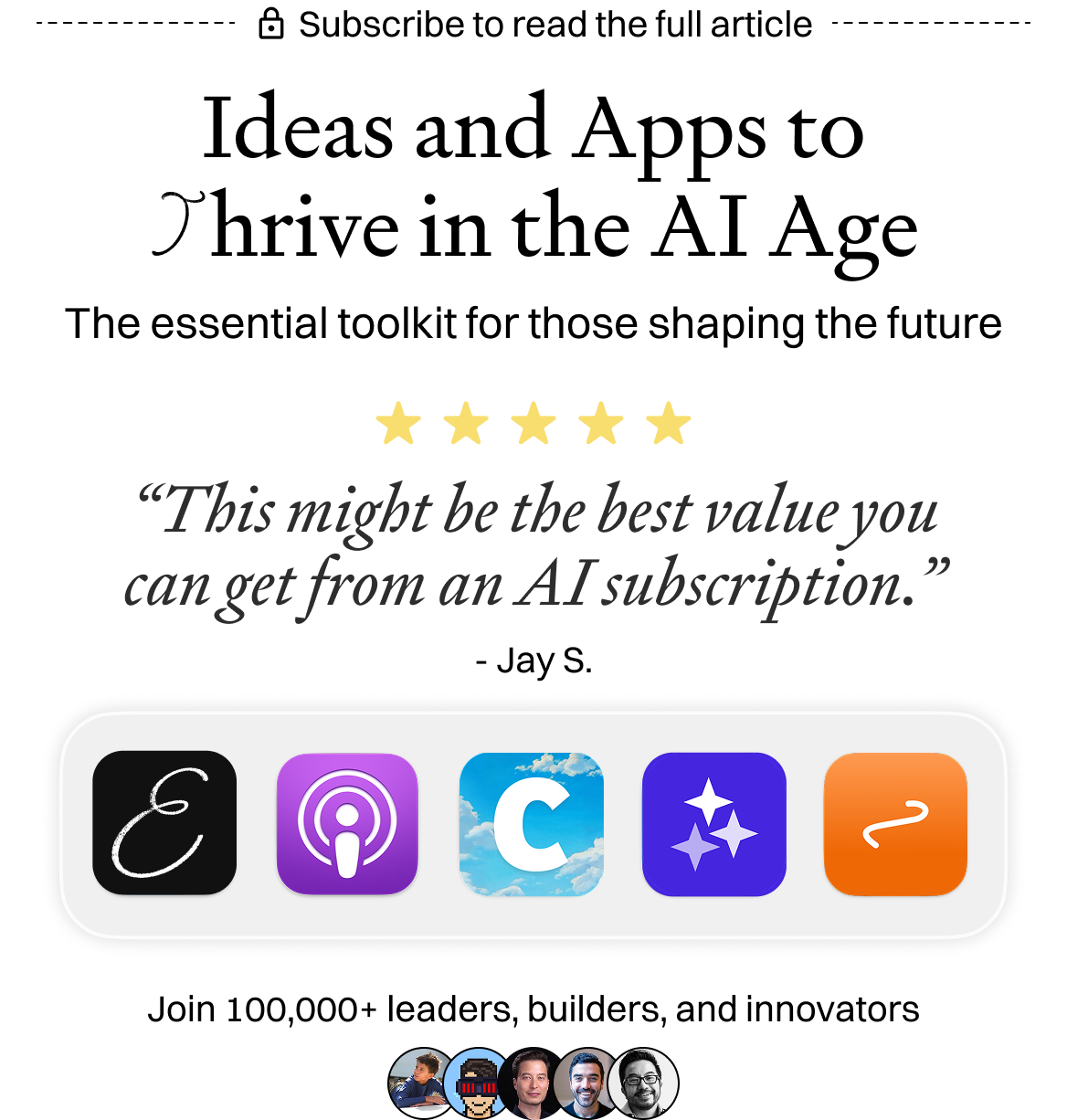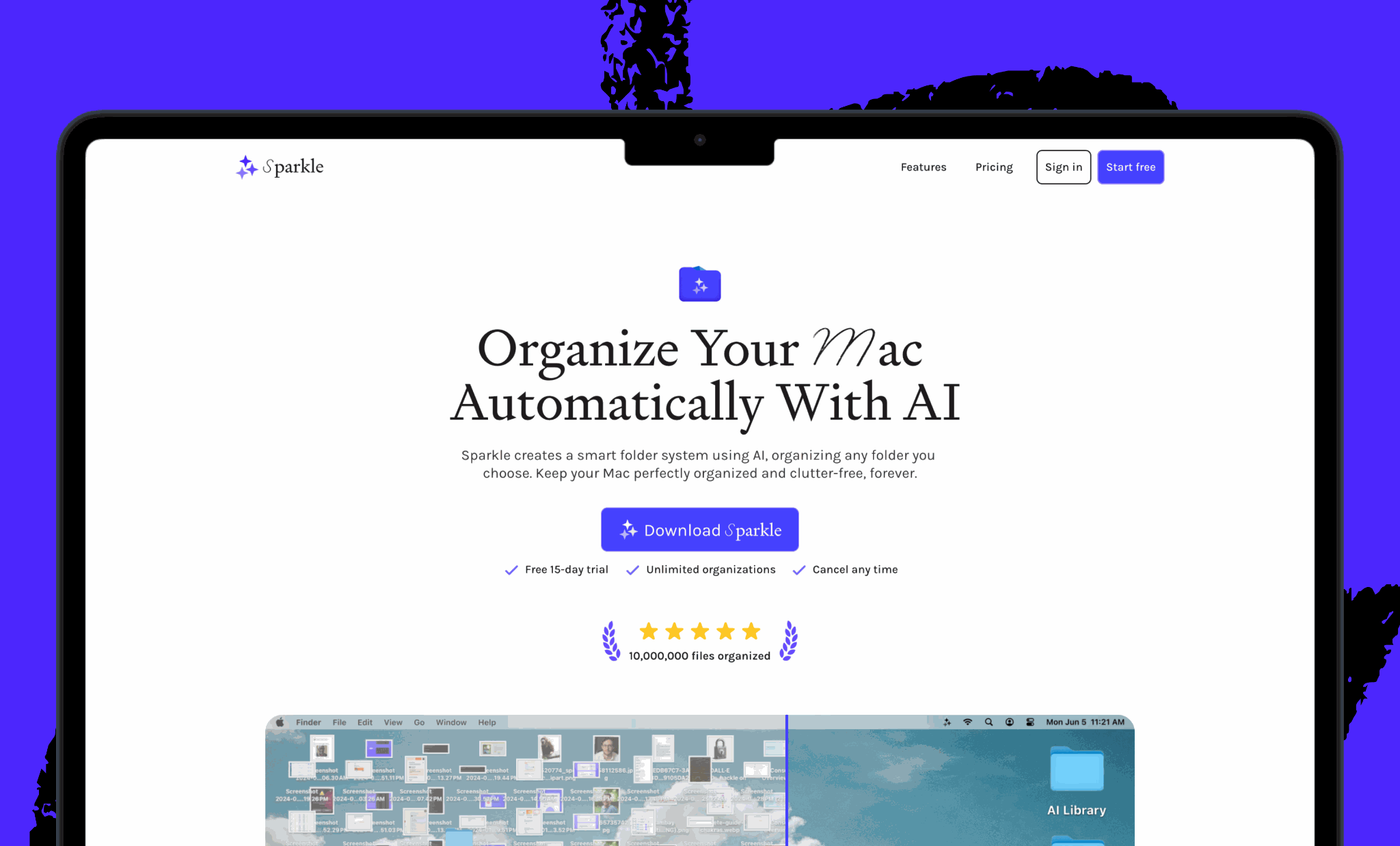AI writes emails, codes projects, and creates content—leaving some professionals scrambling to find their place. Ines Lee—a former economics professor who led content creation for productivity expert Ali Abdaal—reframes the challenge as opportunity: Instead of chasing AI engineering skills, become T-shaped with deep expertise in one area plus broad capabilities across related domains. Her three-phase framework shows exactly where humans add irreplaceable value, proving that markets reward relevance over credentials. Plus: Five steps to start building your T shape.—Kate Lee
Was this newsletter forwarded to you? Sign up to get it in your inbox.
Over a decade ago, my undergraduate professor hired me as a research assistant. Today, ChatGPT’s deep research can produce the kind of literature review I once compiled—faster, cheaper, with better citations. As a Ph.D. teaching assistant, I helped students learn to code; now they learn faster (and more personally) from AI tutors. Working with creators like Ali Abdaal in 2021, I typed every script, email, and blog post by hand and wrestled with YouTube titles for hours. Today, AI does that in seconds—sometimes more creatively, too.
Here’s the humbling truth: The market no longer rewards credentials, effort, or experience. It rewards relevance. And relevance is a moving target.
The standard advice—“learn AI engineering,” “build automations”—isn’t wrong, but it’s not enough. Those are tactics for today’s market. If AI keeps accelerating, those tactics will expire fast. Here’s some better advice: Position yourself where AI can’t easily reach—where your skills are both scarce and make the technology more useful.
The solution is what IDEO cofounder Tim Brown called a “T-shaped professional” in the 1990s: becoming a specialist with a generalist’s mindset—deep in one area (like the stem of a T), and broad enough (like the top) to adapt, connect, and multiply value across others.
What follows is a roadmap for doing that—taking stock of your core skills, stretching into adjacent skills, and doubling down on the human capabilities AI still can’t touch—so you can keep moving as the target moves.
Automate your marketing pages
A marketing page shouldn’t be a bottleneck—it’s the clearest articulation of the product you’ve spent so long to build. Use Framer to build marketing pages in hours, with all the tools you need including SEO optimization, built-in analytics, and localization. Move faster and focus on what actually makes a difference to your customers.
The task disruption model
To understand how AI is reshaping work, we need to stop thinking in terms of jobs and start thinking in terms of tasks.
Most people treat a job as a title: product manager, software engineer, marketing director. But every job is really a bundle of tasks. A product manager might run sprints, write specs, lead meetings, analyze metrics, and interview users. Each of those tasks has its own supply, demand, and susceptibility to automation.
When technology shifts, it doesn’t eliminate entire jobs overnight; it targets individual tasks. Your job’s future depends on how automatable the pieces of your task bundle are. Economists have found that partial automation can increase employment by boosting productivity and creating new tasks to manage emerging bottlenecks. But once automation crosses a tipping point—when most or all tasks in a role can be automated—those jobs start to vanish.
So how do you anticipate which tasks are safe, and which ones will disappear? The key is understanding two forces: scarcity and complementarity.
“Scarcity” refers to the relative supply and demand of labor required to complete that task. As AI gets better at certain tasks—analysing data, summarizing, coding—the “labor” to complete those tasks becomes (infinitely) abundant. So wages drop and jobs disappear. On the flip side, skills that are hard to automate become relatively scarce and therefore more valuable.
“Complementarity” refers to skills that make AI more useful. Skills that complement AI include knowing how to prompt an LLM well, layering AI into real-world workflows, and interpreting and critiquing AI outputs. These skills don’t compete with AI. They enhance it.
Imagine the following two-by-two matrix: scarce versus abundant on the x-axis, and complementary versus non-complementary on the y-axis. Each dot in this matrix represents a task. The effect of AI is to reshuffle the position of tasks across the matrix. What was once scarce is now abundant (like drafting basic emails and summarizing meeting notes). But it also creates new tasks that are only valuable because AI exists (like overseeing multi-agent workflows). As a result, some jobs will be displaced (if all the dots in your previous job become AI automated), and some jobs will be reconfigured (if you can outsource some tasks to AI and oversee others).
In this landscape, we want to be in the top right corner: doing work that AI can't easily do and that makes AI more useful for others.
The T-shaped professional framework
The natural question is: How do we get to the top right corner?
In an era of accelerating task rebundling, Tim Brown’s T-shaped professional concept gives us a systematic way to move toward that high-value quadrant.
You need depth, not least because it's essential for AI oversight. Only someone with domain fluency can evaluate a model’s outputs, catch subtle errors, and know when to override. And you need breadth because while AI excels at narrow, repetitive tasks, your edge becomes being able to understand adjacent domains.
Let’s walk through the three phases of becoming T-shaped.
Become a paid subscriber to Every and learn about the three phases of becoming T-shaped and five practical ways to get started.
What is included in a subscription?
Daily insights from AI pioneers + early access to powerful AI tools
 Front-row access to the future of AI
Front-row access to the future of AI
 In-depth reviews of new models on release day
In-depth reviews of new models on release day
 Playbooks and guides for putting AI to work
Playbooks and guides for putting AI to work
 Prompts and use cases for builders
Prompts and use cases for builders
 Bundle of AI software
Bundle of AI software






